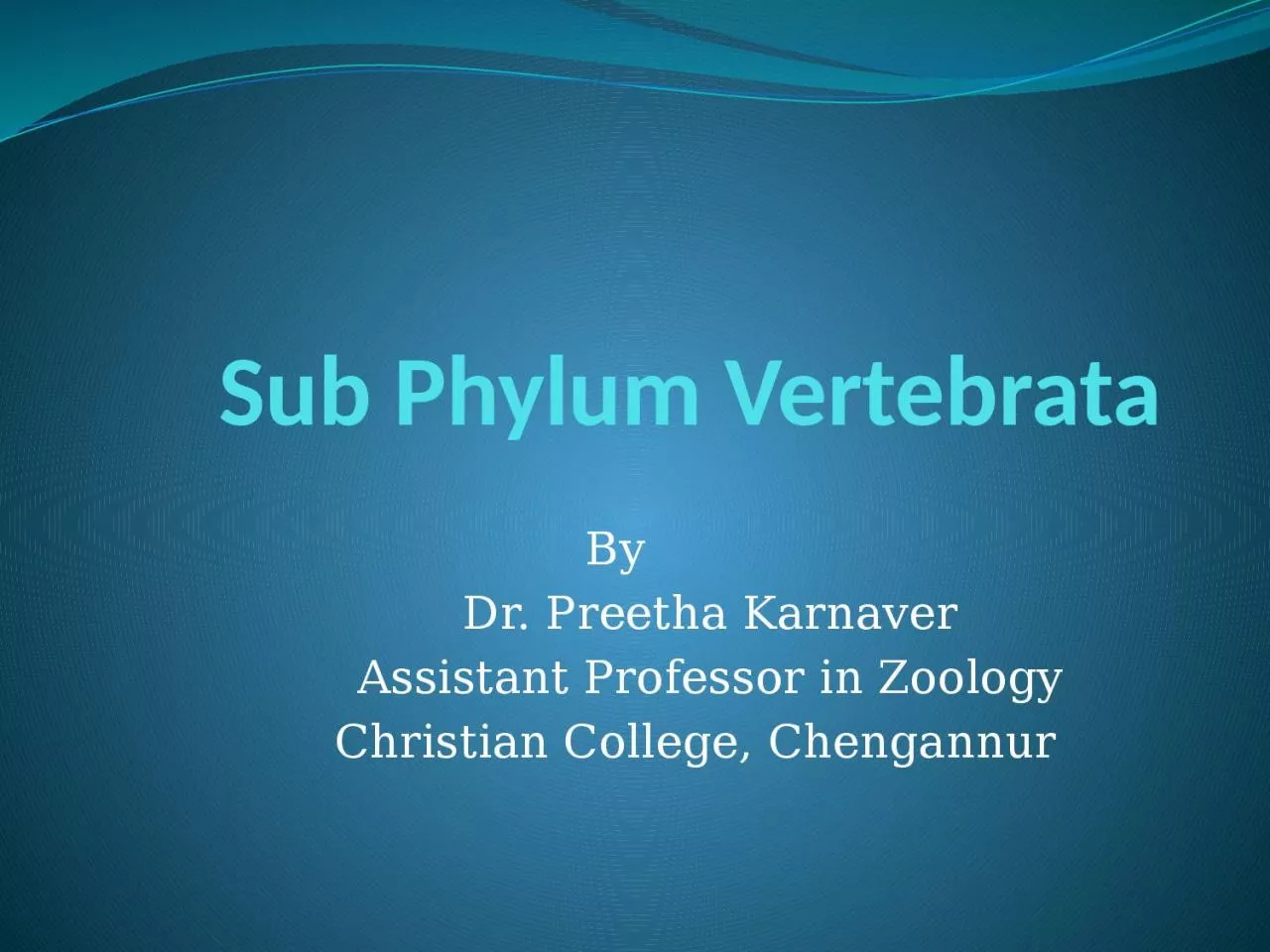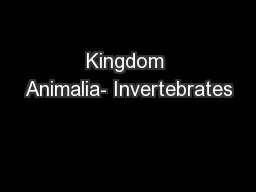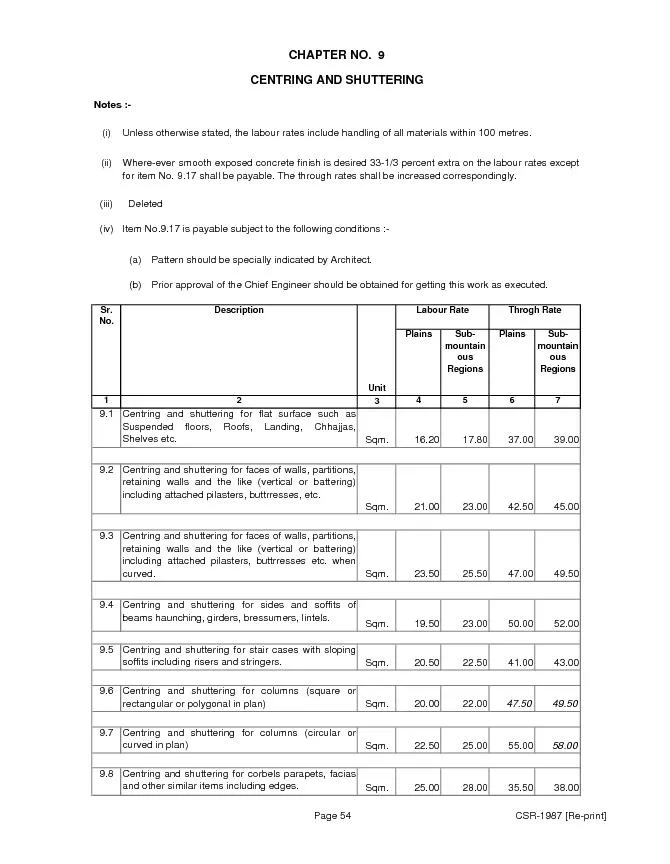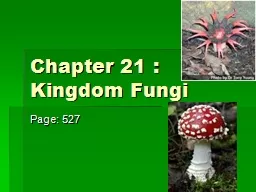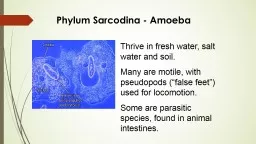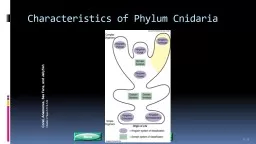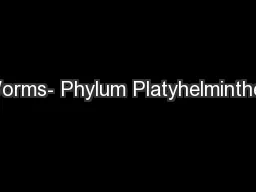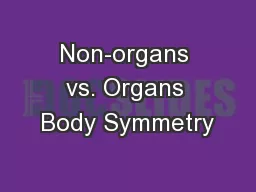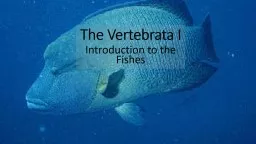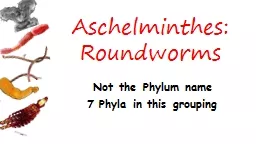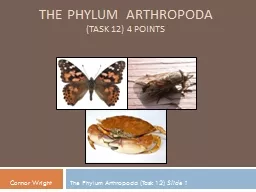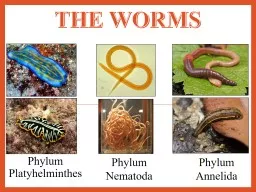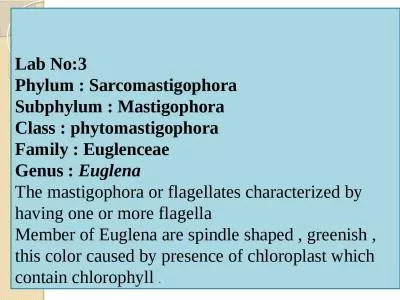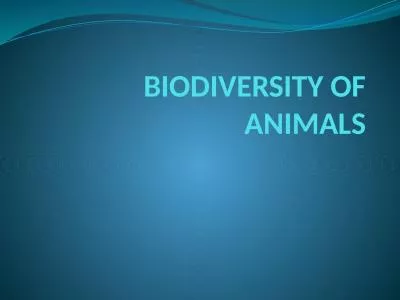PPT-Sub Phylum Vertebrata By
Author : SkylineBabe | Published Date : 2022-08-04
Dr Preetha Karnaver Assistant Professor in Zoology Christian College Chengannur They possess vertebral column hence the name vertebrata Also possess a brain
Presentation Embed Code
Download Presentation
Download Presentation The PPT/PDF document "Sub Phylum Vertebrata By" is the property of its rightful owner. Permission is granted to download and print the materials on this website for personal, non-commercial use only, and to display it on your personal computer provided you do not modify the materials and that you retain all copyright notices contained in the materials. By downloading content from our website, you accept the terms of this agreement.
Sub Phylum Vertebrata By: Transcript
Download Rules Of Document
"Sub Phylum Vertebrata By"The content belongs to its owner. You may download and print it for personal use, without modification, and keep all copyright notices. By downloading, you agree to these terms.
Related Documents

